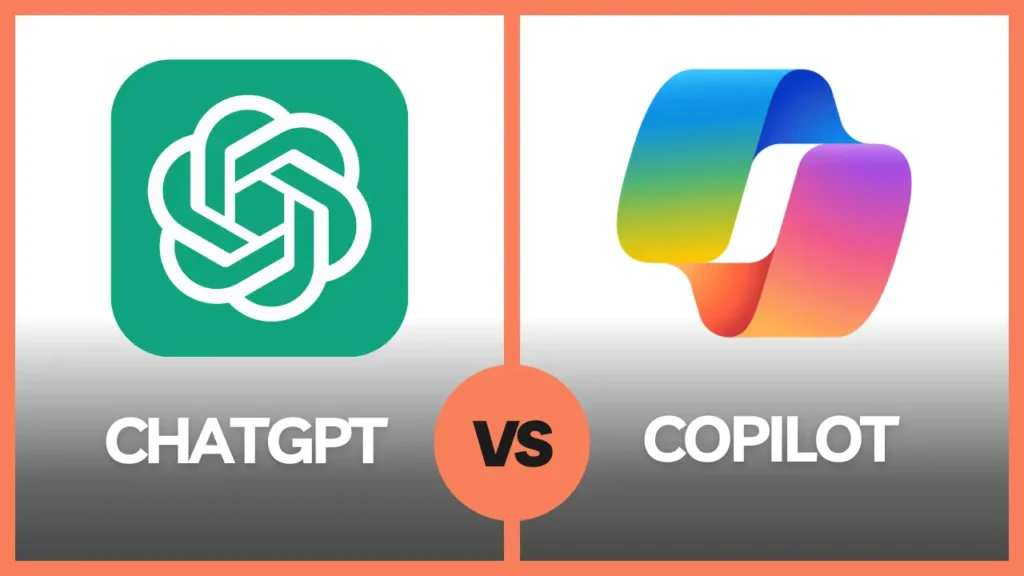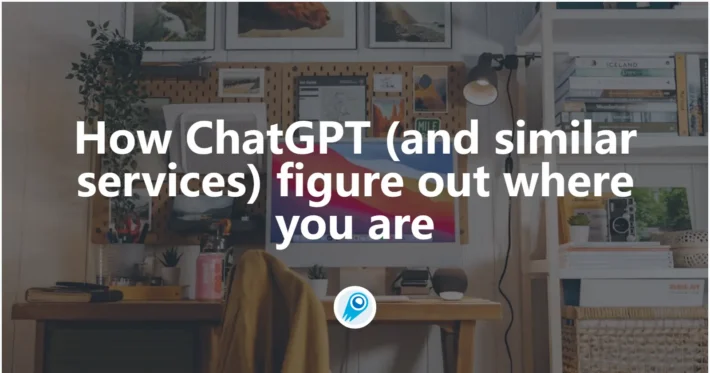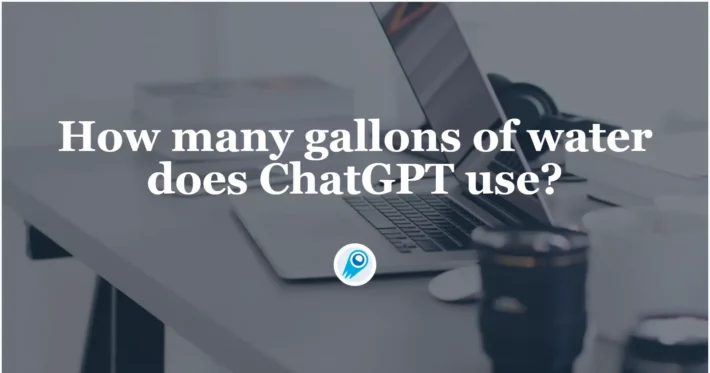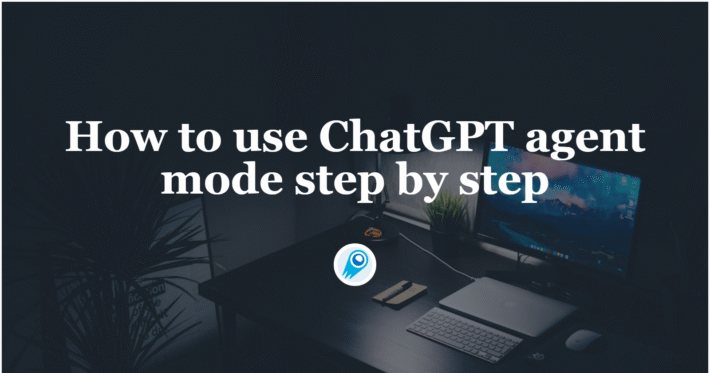Microsoft Copilot vs ChatGPT: A Comparison of AI Assistants

Microsoft’s Copilot and OpenAI’s ChatGPT have rapidly become centerpiece innovations in the evolving AI assistant ecosystem. As both technologies continue to mature, organizations and individuals face a critical question: is microsoft copilot better than chatgpt?
What is Microsoft Copilot?
Overview and Evolution
Microsoft Copilot represents a family of AI-powered assistants deeply integrated into Microsoft’s ecosystem of products—ranging from Windows and Office to Azure and Xbox. First introduced as part of the Microsoft 365 suite in early 2024, Copilot leverages large language models (LLMs) and multimodal reasoning agents to provide context-aware support for tasks like drafting documents, analyzing data, and even managing email inboxes. At Build 2025, Microsoft unveiled Copilot Tuning, a low-code capability allowing enterprises to fine-tune AI models on proprietary data without deep technical expertise, and multi-agent orchestration, enabling multiple agents to collaborate on complex workflows under human oversight .
Key Features
- Copilot Pages: A writing assistant that turns scattered thoughts into structured drafts with AI-assisted editing, now available worldwide on desktop and mobile.
- Deep Research: An advanced reasoning module that autonomously browses, analyzes, and synthesizes information from the web to deliver comprehensive reports—particularly valuable for knowledge-intensive industries.
- Copilot Notebooks: An interactive environment for data analysis embedded directly within the Copilot app, facilitating code-driven insights and visualizations without leaving the productivity context ).
What is ChatGPT?
Origin and Core Capabilities
ChatGPT, developed by OpenAI, debuted in late 2022 as a conversational AI model built on the GPT-3.5 architecture. Over successive iterations, it has evolved into a multimodal assistant capable of understanding and generating text, images, and code. With the April 2025 release, OpenAI retired the original GPT-4 model in favor of GPT-4o, a natively multimodal engine that consistently outperforms its predecessor in writing, coding, and reasoning benchmarks.
ChatGPT, by OpenAI, debuted in late 2022 and is a web-based conversational AI. It also uses GPT-4 (and now GPT-4o), but is more of a general-purpose chatbot with a rich ecosystem of plugins, APIs, and custom “GPTs.” ChatGPT Free provides basic access (now upgraded to GPT-4o with usage limits), ChatGPT Plus (\$20/month) unlocks higher usage and new features, and enterprise tiers (Team/Enterprise) offer expanded context windows and security. ChatGPT can run in a browser or mobile app and integrates with services via plugins or API.
Key Features
- GPT-4o: Offers improved instruction following, conversational flow, and domain-specific reasoning, forming the backbone of ChatGPT’s Plus and Pro tier.
- Image Generation: Using GPT-4o, ChatGPT can now generate and edit images directly within the chat interface, a feature rolled out in mid-May 2025 for Pro subscribers .
- Deep Research Agent: Similar in concept to Copilot’s Deep Research, ChatGPT’s autonomous research agent can scour the web for up to 30 minutes to produce well-cited analytical reports—a boon for academic and market research applications.
How have recent updates shaped their capabilities?
How Has Microsoft Enhanced Copilot Recently?
- GCC Availability: As of May 2025, Microsoft 365 Copilot Chat achieved general availability in the GCC Moderate environment, bringing enterprise-grade AI chat to government customers.
- Copilot Memory: Introduced in May 2025, Copilot Memory leverages conversation context and Microsoft Graph insights to deliver personalized assistance, with user controls to view or clear stored memory.
- Mobile Image Generation: On May 13, 2025, Copilot Chat for mobile platforms gained AI-driven image creation via Microsoft Designer, enabling users to visualize ideas inline within Teams and Outlook.
- Gaming Companion: In the past week, Microsoft began beta testing Xbox Copilot for Gaming on iOS and Android, offering achievement summaries, personalized game recommendations, and play-tips through a chat interface.
How Has ChatGPT Evolved Lately?
- GPT-4 Retirement & GPT-4o Launch: Effective April 30, 2025, GPT-4 was fully retired in favor of GPT-4o, bringing multimodal support and improved problem-solving capabilities to all ChatGPT users.
- Plugin Ecosystem Growth: ChatGPT today supports over 100 third-party plugins, spanning domains such as e-commerce, data analytics, and customer support, enabling dynamic tool invocation during conversations.
- Developer-Friendly Formats: The API now offers JSON mode and response_format parameters, ensuring precise, machine-readable outputs for integration into complex systems.
How Do They Stack Up in Key Metrics?
Which Offers Superior Language Generation?
Both platforms leverage GPT-4o’s advanced language capabilities, but differences arise in context and specialization. Copilot’s enterprise tuning focuses on domain accuracy and compliance, whereas ChatGPT’s core model aims for broad conversational versatility. Independent benchmarks suggest GPT-4o’s generic version (as in ChatGPT) slightly outperforms tuned variants on open-domain tasks, while tuned Copilot agents excel at organization-specific scenarios.
Which Provides Better Ecosystem Integration?
Microsoft Copilot: Deeply embedded across Microsoft 365 apps (Word, Excel, Teams, Outlook), leveraging Azure infra and Microsoft Graph for secure data access. Copilot Studio’s low-code platform empowers non-technical staff to customize agents.
ChatGPT: Accessible via chat.openai.com, mobile apps, and a robust API, with broad third-party plugin support and community-driven integrations (e.g., Zapier, Slack). Best suited for cross-platform, developer-centric use cases.
Pricing and Accessibility
Microsoft Copilot for Microsoft 365 is offered as an add-on to existing Microsoft 365 subscriptions, typically priced per user per month, with enterprise volume discounts. Copilot’s integration and security features are bundled into Microsoft 365 E3/E5 plans and Azure Active Directory licensing models, emphasizing compliance and admin controls for IT teams.
ChatGPT operates on a freemium model: free users access GPT-4o mini with usage caps; Plus users (\$20/user/month) unlock GPT-4o; Pro users (\$50/user/month) and Enterprise customers gain access to GPT-4.1, GPT-4.5, higher rate limits, and dedicated API quotas. OpenAI’s pricing scales based on token usage for API calls, which can be advantageous for high-volume developer workloads but less predictable for end-user pricing.
Which Performs Better in Real-World Scenarios?
Who Wins at Productivity Tasks?
In document drafting, data analysis, and email summarization, Copilot’s contextual integration yields faster workflows—e.g., auto-generating slide decks in PowerPoint based on meeting notes. Conversely, ChatGPT can be prompted for similar tasks but often requires manual data import/export between apps. Enterprise reports indicate Copilot reduces content creation time by up to 40%.
Who Excels at Creative and Coding Tasks?
ChatGPT’s unconstrained environment allows developers to prototype code, debug scripts, and generate creative narratives without enterprise boundaries. Its plugin ecosystem further enhances productivity in specialized tasks (e.g., DALL·E image generation, custom knowledge bases). Microsoft Copilot offers code suggestions within Visual Studio and GitHub Copilot branding but remains limited to Microsoft tooling.
Who Leads in Customer Support and Chatbots?
Enterprises seeking branded, multi-channel support bots benefit from Copilot’s agent orchestration and tenant-level controls, enabling bots to access CRM data securely. ChatGPT, via the API, powers numerous customer-facing chatbots but requires additional infrastructure for compliance and data isolation. Recent Microsoft internal memos reveal plans for a Tenant Copilot and Agent Factory, illustrating a roadmap toward enterprise agent platforms.
How to Use and Prompt These Tools Effectively?
What Are Best Practices for Microsoft Copilot?
- Leverage Copilot Studio: Tune models with internal documents and workflows to improve relevance.
- Use Natural-Language Commands: Issue prompts like “Draft a project status update for Q2 based on this spreadsheet.”
- Manage Memory: Regularly review and clear Copilot Memory to maintain data privacy and relevance.
- Embed in Workflows: Integrate Copilot into Teams channels and automate routine tasks via Power Automate connectors.
What Are Best Practices for ChatGPT?
- Define System Prompts: Start with clear instructions, e.g., “You are a technical writer; generate API documentation in Markdown.”
- Use Role-Playing: Assign personas to the model for consistent tone and expertise.
- Utilize Plugins: Install relevant plugins (e.g., Knowledge Retrieval, Data Analysis) to extend capabilities.
- Control Output Format: Use
response_formatparameters for JSON or code blocks to facilitate parsing.
What Does a Usage Example Look Like?
markdown**Prompt to Copilot in Word**
"Summarize this 10-page report into a 300-word executive summary, highlighting financial KPIs and upcoming project risks."
**Prompt to ChatGPT via API**
{"model":"gpt-4o","messages":[{"role":"system","content":"You are a financial analyst."},{"role":"user","content":"Generate Python code to visualize the revenue growth trend from this CSV file."}],"response_format":"json"}
Conclusion: Which Is Better?
Determining “better” hinges on context. Microsoft Copilot excels within enterprise environments, offering seamless Office integration, data security, and customizability via Copilot Studio. ChatGPT shines when flexibility, multimodal creativity, and developer-driven customization are paramount.
For organizations deeply invested in Microsoft 365 seeking turnkey AI augmentation, Copilot represents the superior choice. For developers, creatives, and small teams desiring broad, plug-and-play AI capabilities across platforms, ChatGPT remains unmatched. Ultimately, many businesses may find a hybrid approach—leveraging Copilot for internal workflows and ChatGPT for external or developer-centric use cases—delivers the best of both worlds.
Getting Started
CometAPI provides a unified REST interface that aggregates hundreds of AI models—including ChatGPT family—under a consistent endpoint, with built-in API-key management, usage quotas, and billing dashboards. Instead of juggling multiple vendor URLs and credentials.
Developers can access latest chatgpt API GPT-4.1 API, O3 API and O4-Mini API through CometAPI. To begin, explore the model’s capabilities in the Playground and consult the API guide for detailed instructions. Before accessing, please make sure you have logged in to CometAPI and obtained the API key.



